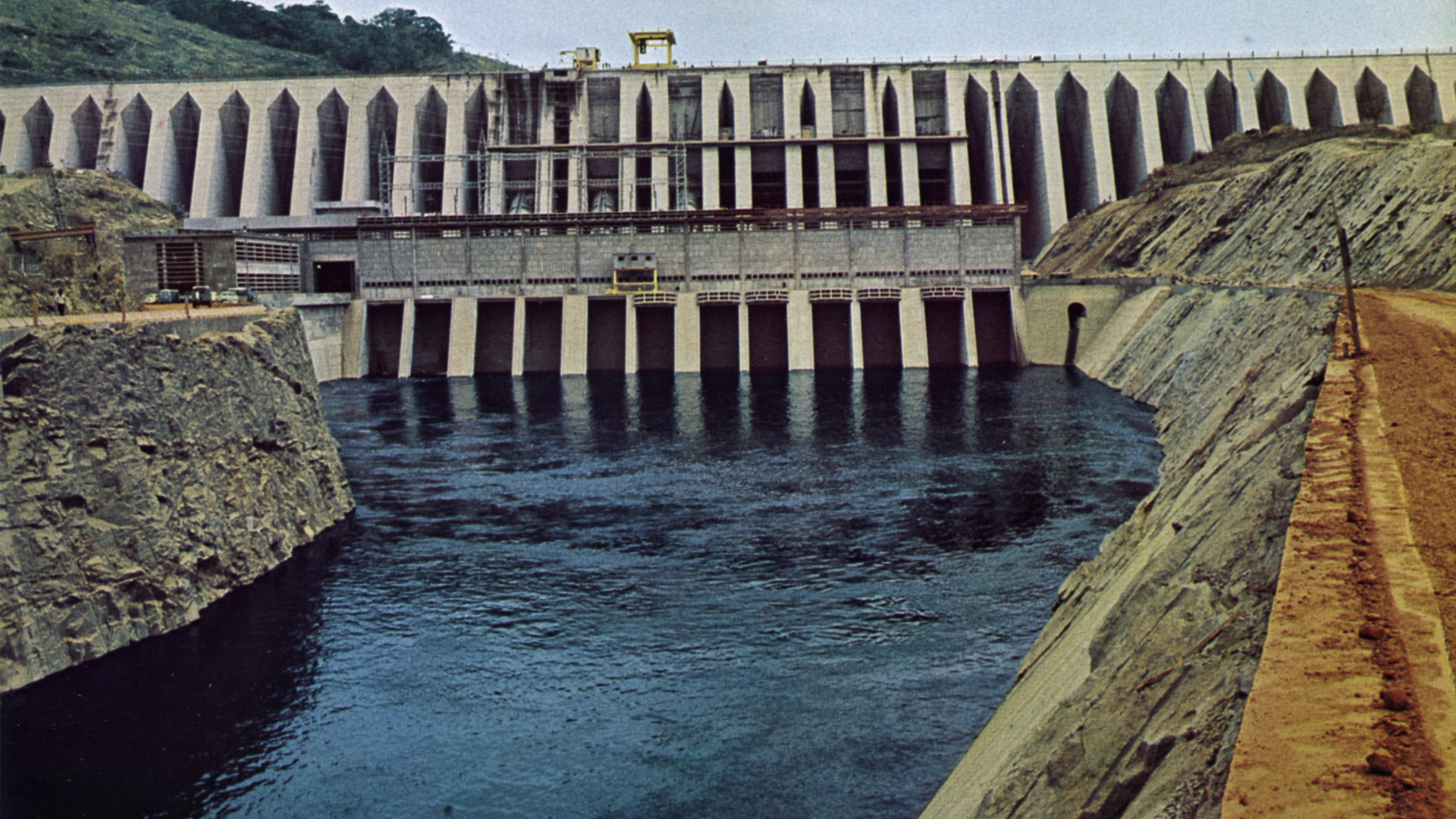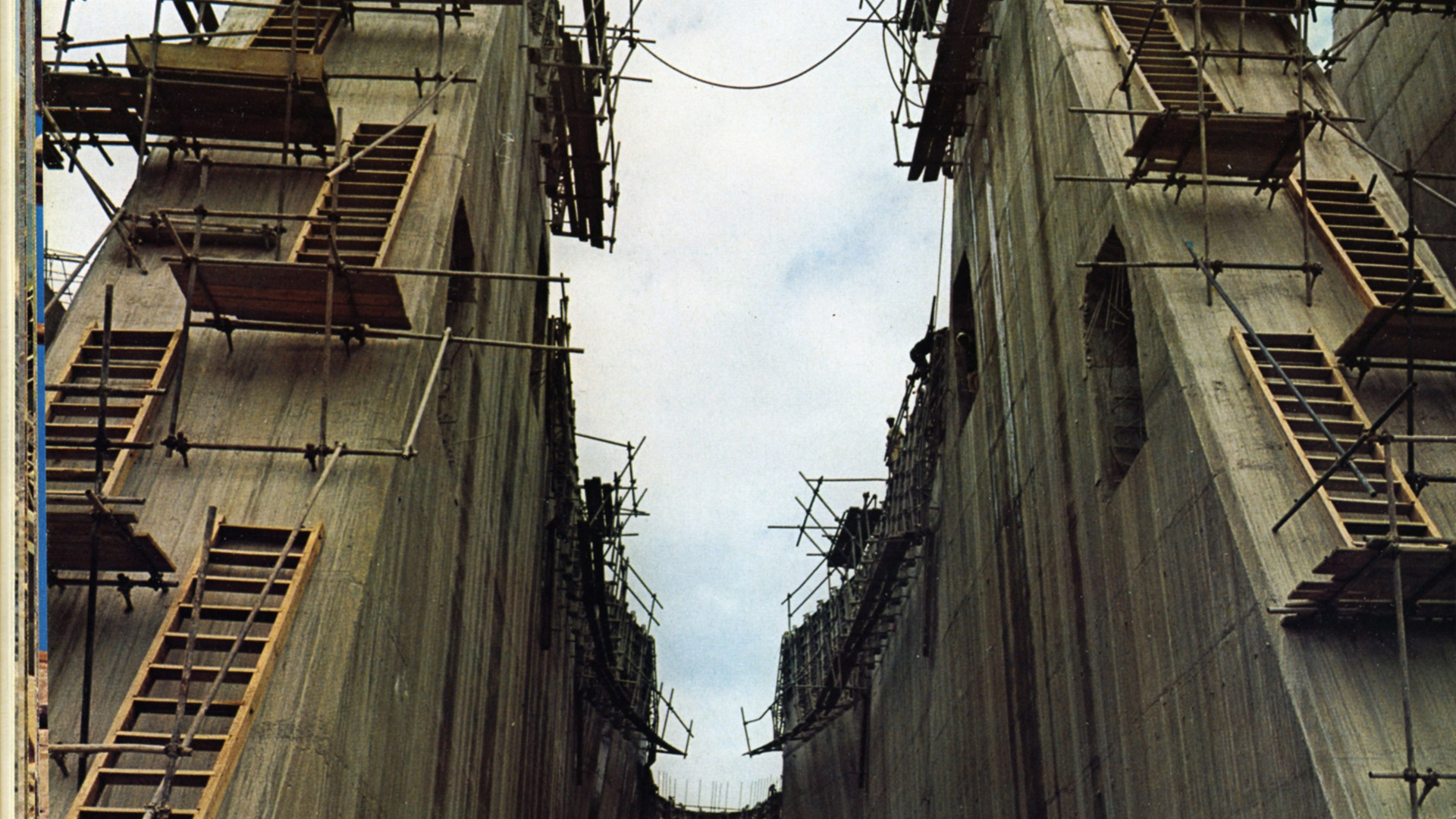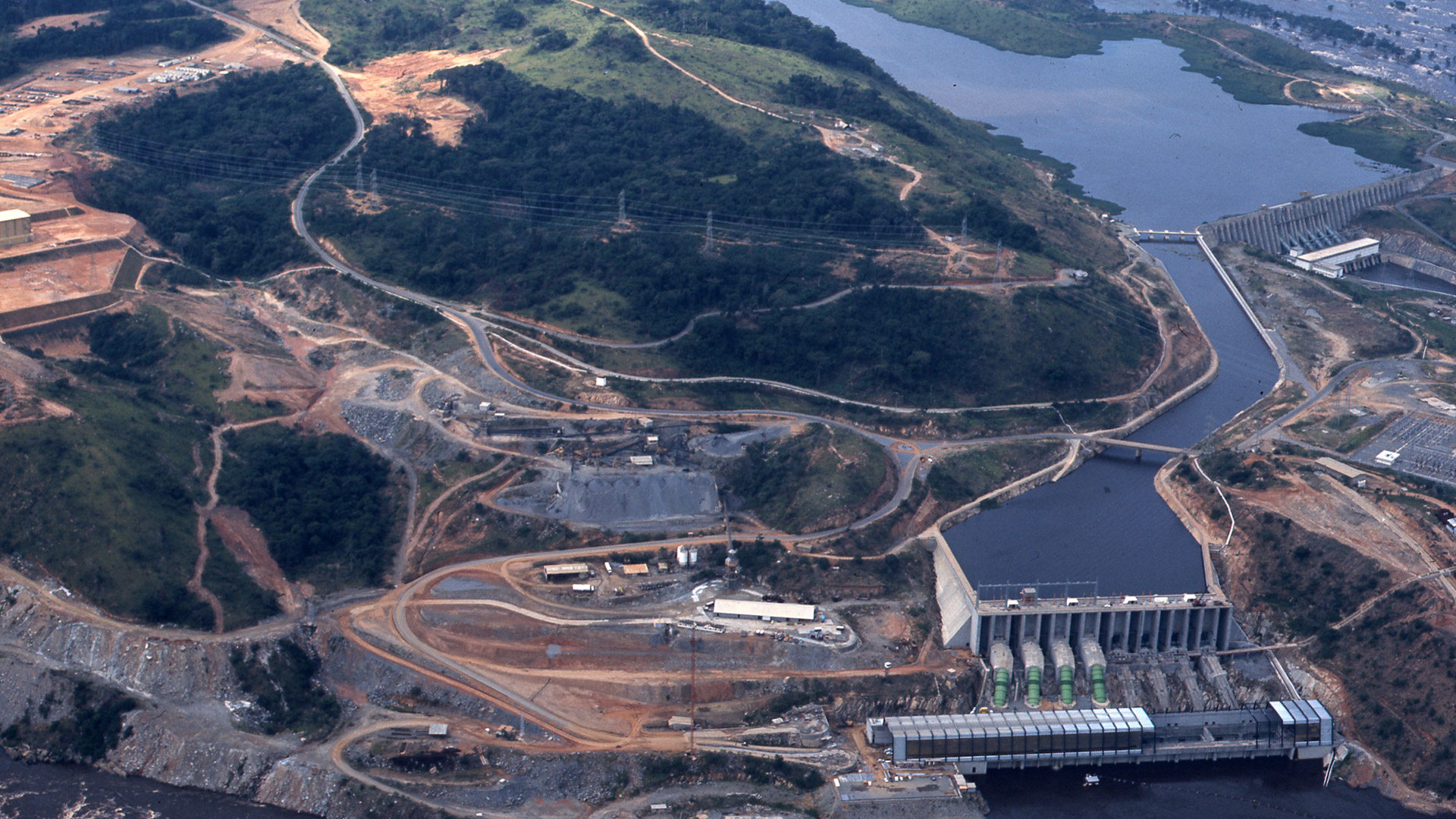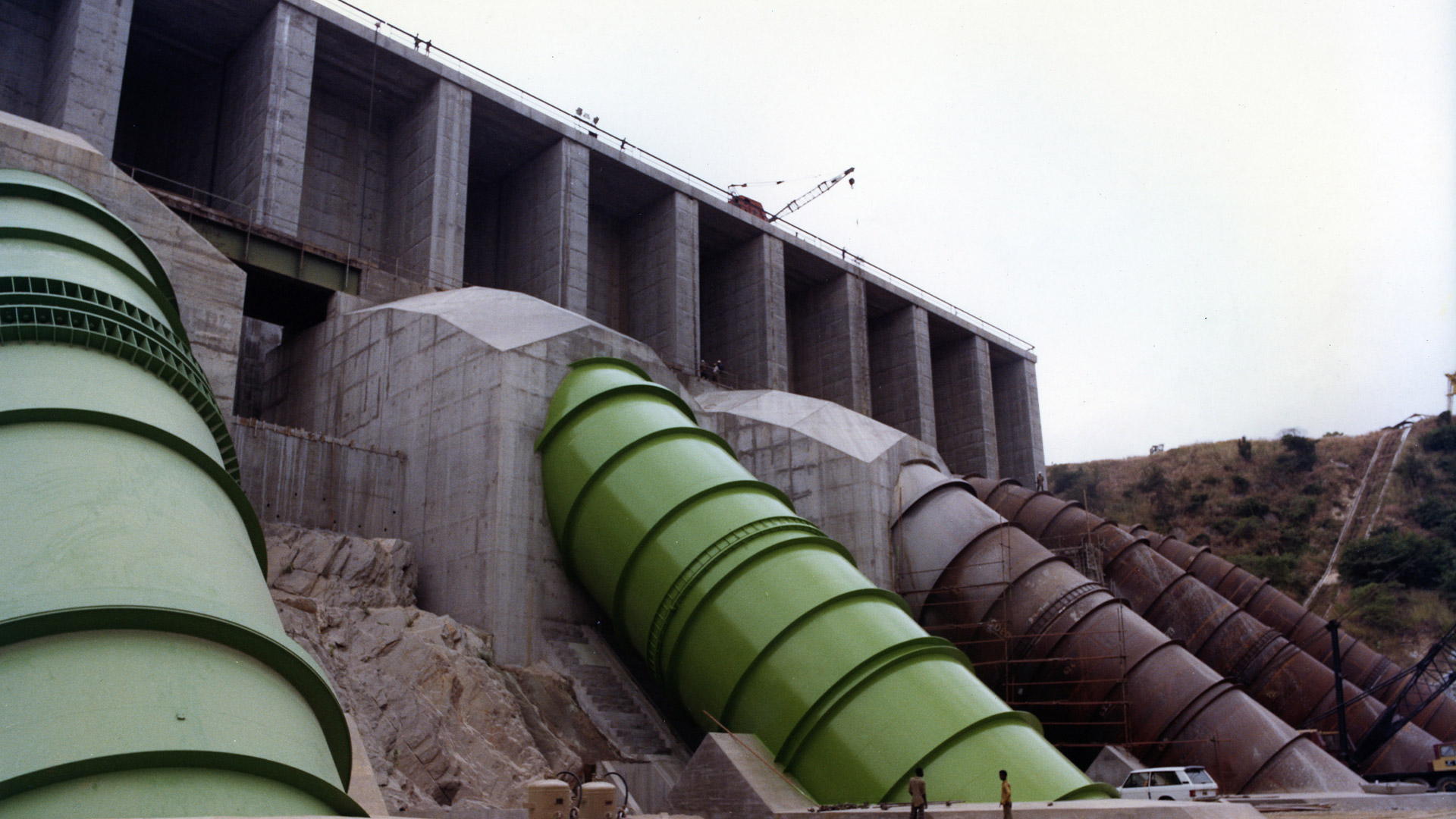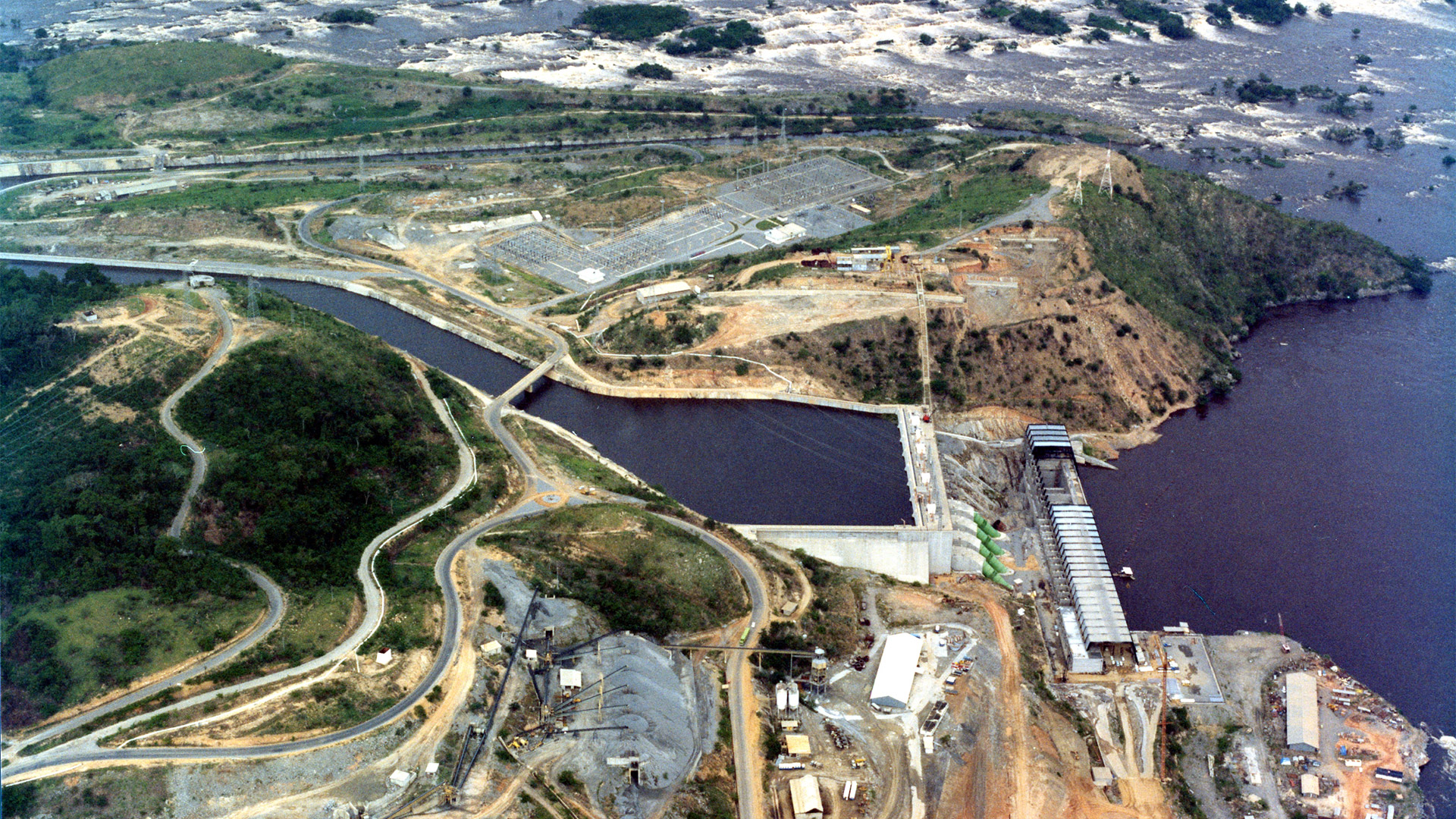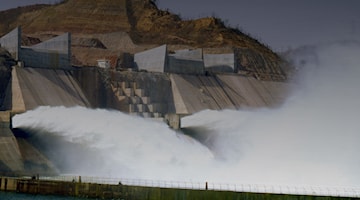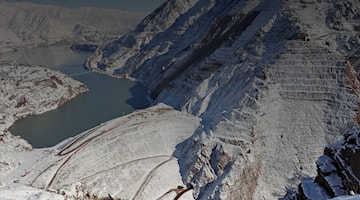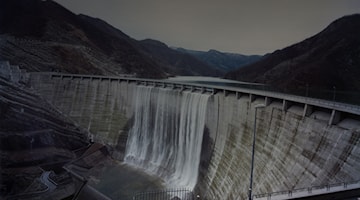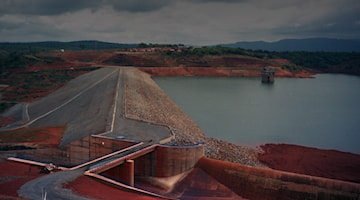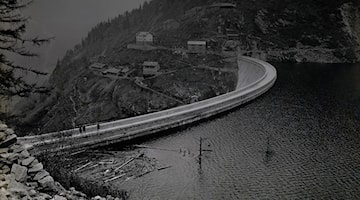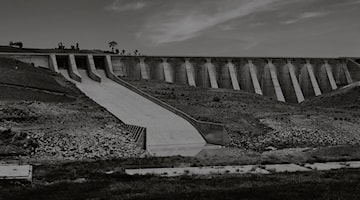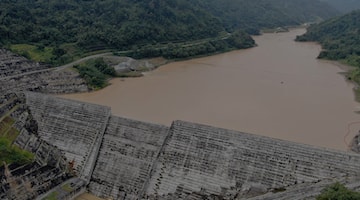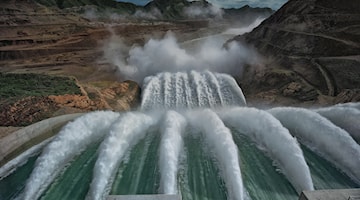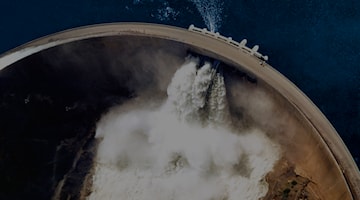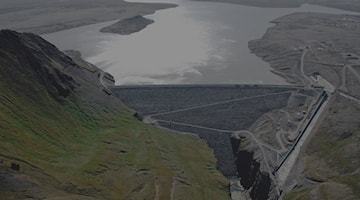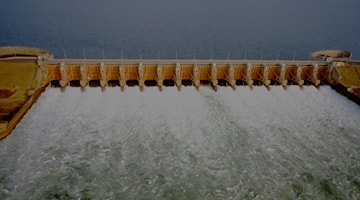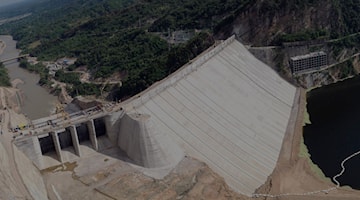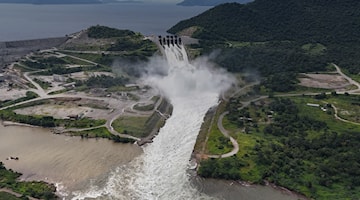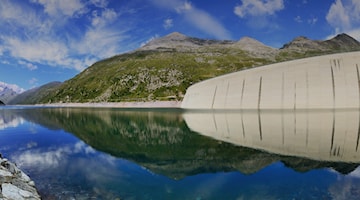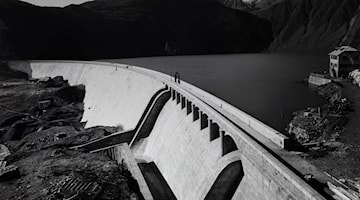Inga (I-II) Hydroelectric Plant, Democratic Republic of the Congo
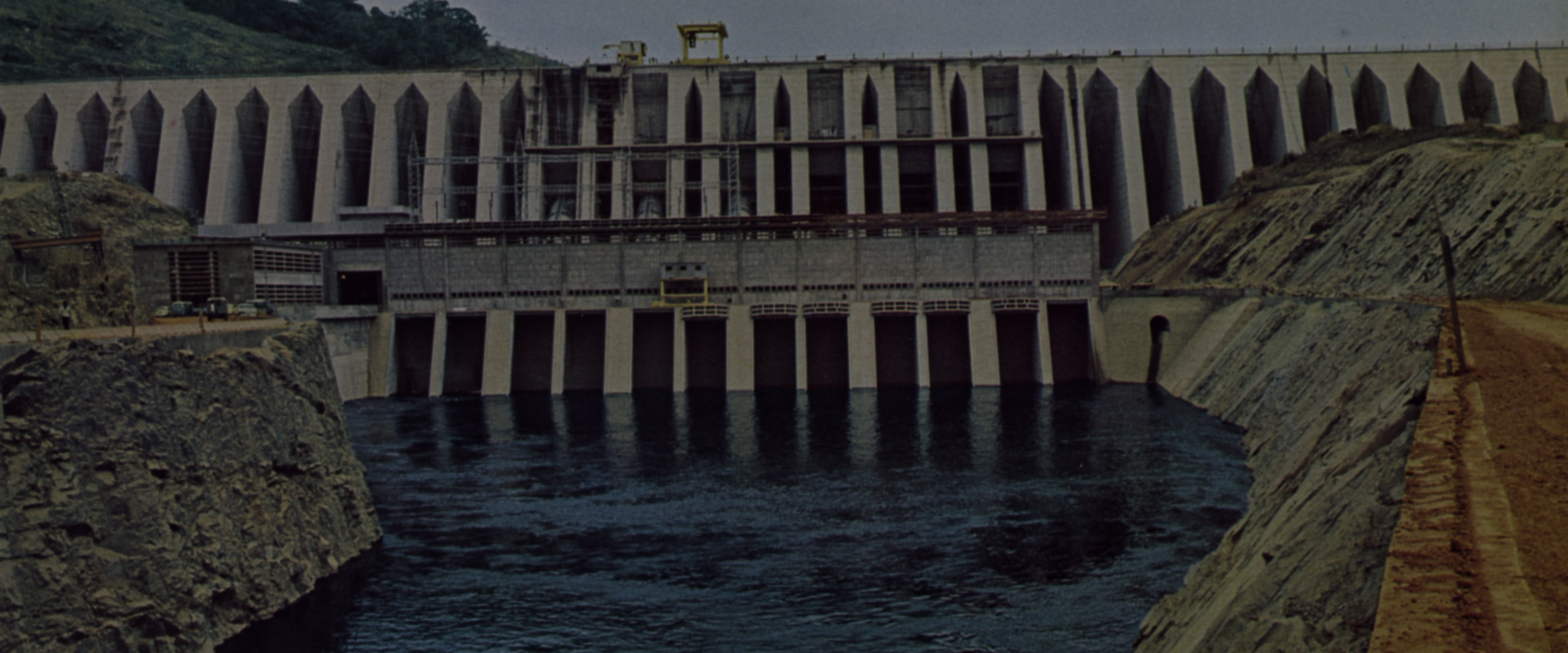
INGA (I-II) HYDROELECTRIC PLANT, DEMOCRATIC REPUBLIC OF THE CONGO
The Inga Hydroelectric Plant, built in two phases between 1968 and 1981, is located 140 miles southwest of Kinshasa, the capital of the Democratic Republic of Congo. The plant was developed to harness the immense energy resources of the Inga Falls on the Congo River, the largest rapids in the world by average volume (42,476 m³/s).
In the first phase of the plant’s construction (Inga I, 1968-72), two intake channels entirely excavated in rock were built, along with a concrete buttress dam, seven auxiliary earth and rock dams, two concrete overflow dams, and six steel penstocks each 86 meters long and with a diameter of 5.50 meters. This infrastructure feeds six 60 MW Francis turbines and an open-air powerhouse measuring 135x15 meters with a corresponding discharge channel, for a total installed capacity of 534 MW. “For its grandeur and uniqueness, along with its highly civil objectives for the country's development and its significant industrial impact,” this first phase of the project won the Ingersoll-Rand Italia Award in 1975.
The subsequent phase, Inga II (1977-1981), involved the construction of a water intake with a capacity of 2,200 m³/sec, a headrace channel, and a reservoir contained by a massive main dam. From this dam, eight steel penstocks with a diameter of 8.5 meters each extend to an open-air powerhouse with eight 160 MW Francis turbines, resulting in a total installed capacity of 1,280 MW. The total gross head is 58 meters, and the annual production capacity is 9.6 billion KWH.

THE WORK AND THE TECHNIQUE
INGA 1
MW Total installed capacity
INGA 2
MW Total installed capacity
Astaldi S.p.A. (later merged into the group now known as Webuild)





